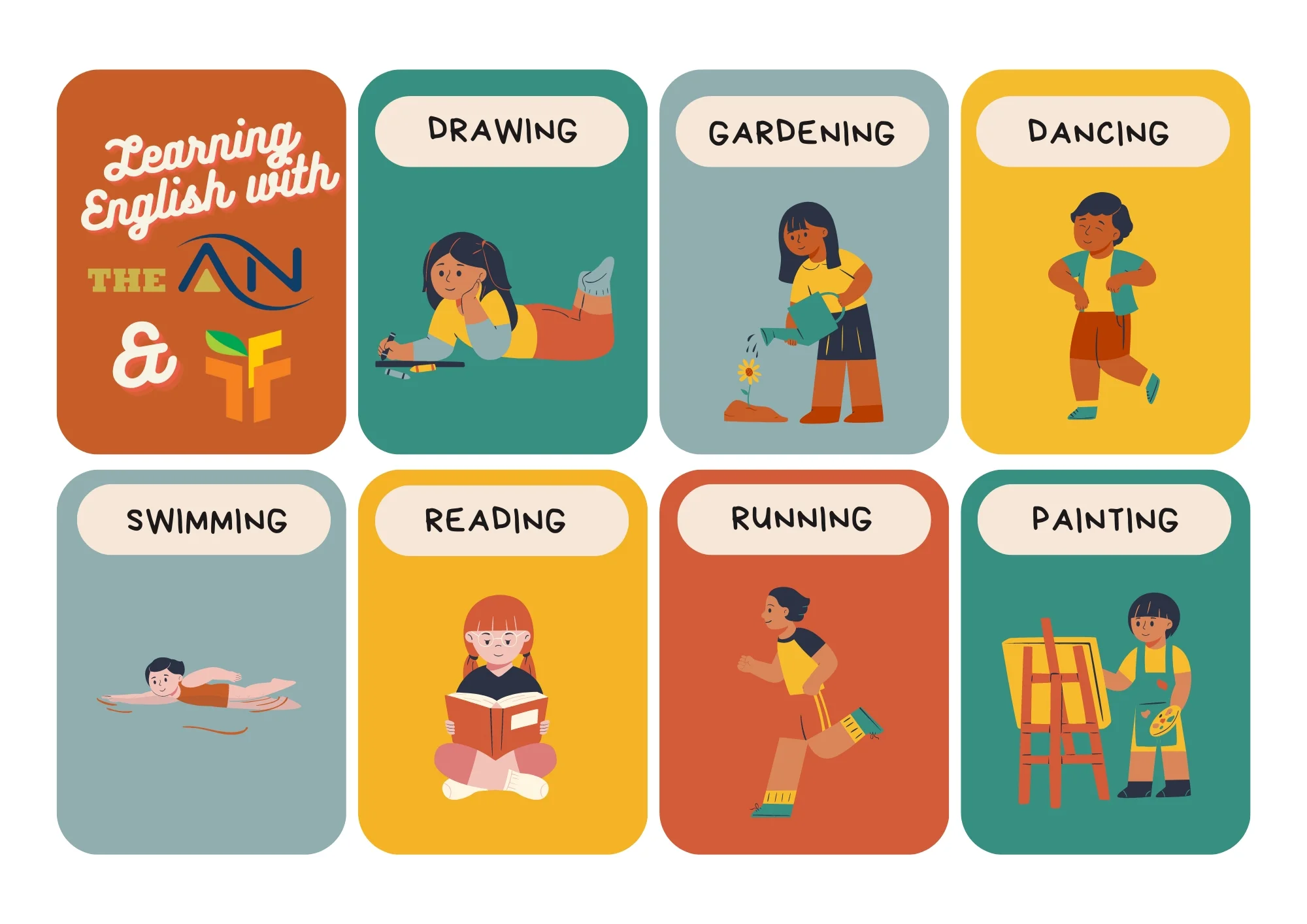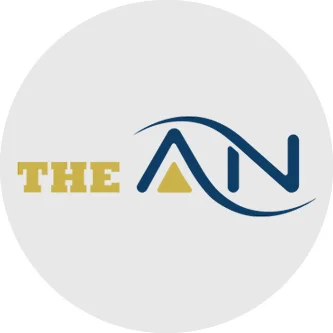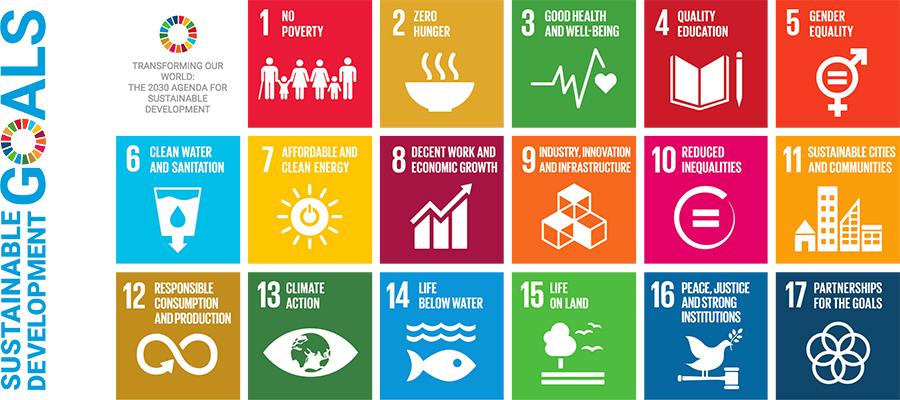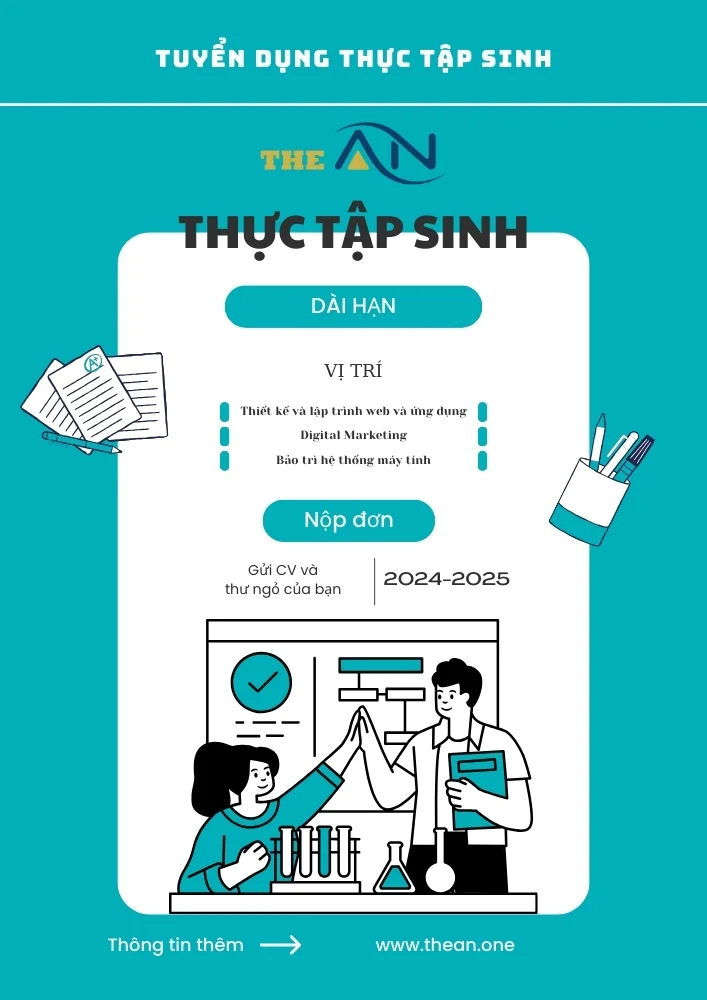Difference Between Which and That

English language learners often get confused between the use of “which” and “that” while constructing sentences. Both words are used to join clauses in a sentence, but they have different meanings and uses. In this article, we will discuss the differences between “which” and “that” and their correct usage in English.
What is the difference between “which” and “that”?
“Which” and “that” are both relative pronouns used to introduce a relative clause in a sentence. However, the main difference between them lies in the type of information they introduce.
Which: “Which” is used to introduce additional, non-essential information in a sentence. It introduces a relative clause that provides more information about the noun that precedes it. The information provided by the relative clause is not necessary to understand the main sentence. “Which” is always preceded by a comma.
Example: The car, which is blue, is parked outside.
That: “That” is used to introduce essential information in a sentence. It introduces a relative clause that provides necessary information about the noun that precedes it. The information provided by the relative clause is necessary to understand the main sentence. “That” is never preceded by a comma.
Example: The car that is parked outside is blue.
When to use “which”?
- Use “which” to introduce non-essential clauses that provide additional information.
- Use “which” after a comma to introduce the relative clause.
- Use “which” to refer to things and animals.
Example: The book, which I read last week, was very interesting.
When to use “that”?
- Use “that” to introduce essential clauses that provide the necessary information.
- Use “that” without a comma to introduce the relative clause.
- Use “that” to refer to people, things, and animals.
Example: The book that I am reading is very interesting.
Key Differences between “which” and “that”
| Which | That | |
|---|---|---|
| Use | Non-restrictive clauses (provides additional information) | Restrictive clauses (essential to the meaning of the sentence) |
| Punctuation | Separated by commas | No commas required |
| Antecedent | Refers to a thing or a person | Refers to a thing, a person, or a group of things or people |
| Example | “The book, which was published last year, won an award.” | “The book that won an award was published last year.” |
Examples of “which” in English
- The movie, which was directed by Steven Spielberg, won several awards.
- The shirt, which I bought yesterday, is very comfortable.
- The dog, which is barking loudly, belongs to my neighbor.
Examples of “that” in English:
- The movie that won several awards was directed by Steven Spielberg.
- The shirt that I bought yesterday is very comfortable.
- The dog that is barking loudly belongs to my neighbor.
Conclusion – “Which” and “That”:
“Which” and “that” are two common relative pronouns used in the English language. “Which” is used to introduce non-essential information, while “that” is used to introduce essential information. Remember that “which” is always preceded by a comma, while “that” is never preceded by a comma.
Practice questions on which and that
1) _______ book did you read last week?
2) The cat _______ is sleeping on the couch belongs to my neighbor.
3) The movie _______ won several awards and was directed by Martin Scorsese.
4) The necklace, _______ is made of gold, and is very expensive.
5) The store _______ I shop at is located downtown.
Answers:
1) Which
2) That
3) That
4) Which
5) That
Write some Usage of Which vs That
“Which” is used after a comma to introduce a non-essential relative clause. Example: The book, which I read last week, was very interesting.
“That” is used without a comma to introduce an essential relative clause. Example: The book that I am reading is very interesting.
“Which” is used to refer to things and animals. Example: The cat, which is black, is very cute.
“That” is used to refer to people, things, and animals. Example: The cat that belongs to my neighbour is very cute.
Examples of which in English
- The dress, which was blue, looked very pretty on her.
- The car, which is parked outside, belongs to my friend.
- The cake, which I baked yesterday, turned out to be delicious.
Examples of “that” in English:
- The pen that I am using belongs to my brother.
- The restaurant that we visited yesterday had amazing food.
- The book that I am reading is very interesting.
Practice questions on which and that
I. Choose the correct relative pronoun to fill in the blank:
The movie _____ we watched yesterday was very long.
a) which
b) that
Answer: a) which
II. Choose the correct relative pronoun to fill in the blank:
The book _____ I am reading is very interesting.
a) which
b) that
Answer: b) that
III. Choose the correct sentence:
a) The car that is parked outside belongs to my friend.
b) The car, which is parked outside, belongs to my friend.
Answer: Both are correct, but the first sentence introduces essential information, while the second introduces non-essential information.
Frequently Asked Questions on which and that
The main difference between “which” and “that” lies in the type of information they introduce. “Which” is used to introduce non-essential information, while “that” is used to introduce essential information. “Which” is always preceded by a comma, while “that” is never preceded by a comma.
Use “that” to introduce essential clauses that provide necessary information and “which” to introduce non-essential clauses that provide additional information. Use “which” after a comma and “that” without a comma to introduce the relative clause.
Remember that “which” is always preceded by a comma, while “that” is never preceded by a comma. Also, use “which” for non-essential information and “that” for essential information.
No, “which” and “that” cannot be used interchangeably. They have different meanings and are used in different contexts.
No, “which” is always preceded by a comma when it introduces a non-essential clause.
No, “that” is never preceded by a comma when it introduces an essential clause.
Yes, “that” can be used to refer to people, things, and animals.
No, “which” is not used to refer to people. It is used to refer to things and animals.
Quý anh/chị đang tìm kiếm một doanh nghiệp uy tín cung cấp dịch vụ Công Nghệ Thông Tin như Thiết kế và lập trình website, Digital Marketing, hoặc dịch vụ Bảo trì và chăm sóc hệ thống máy tính, ...? Đừng ngần ngại hãy liên hệ với The ÂN qua số điện thoại (+84).326.418.478 để được tư vấn cụ thể, hoặc liên hệ qua mẫu tin.
Các thông tin nổi bật khác:









